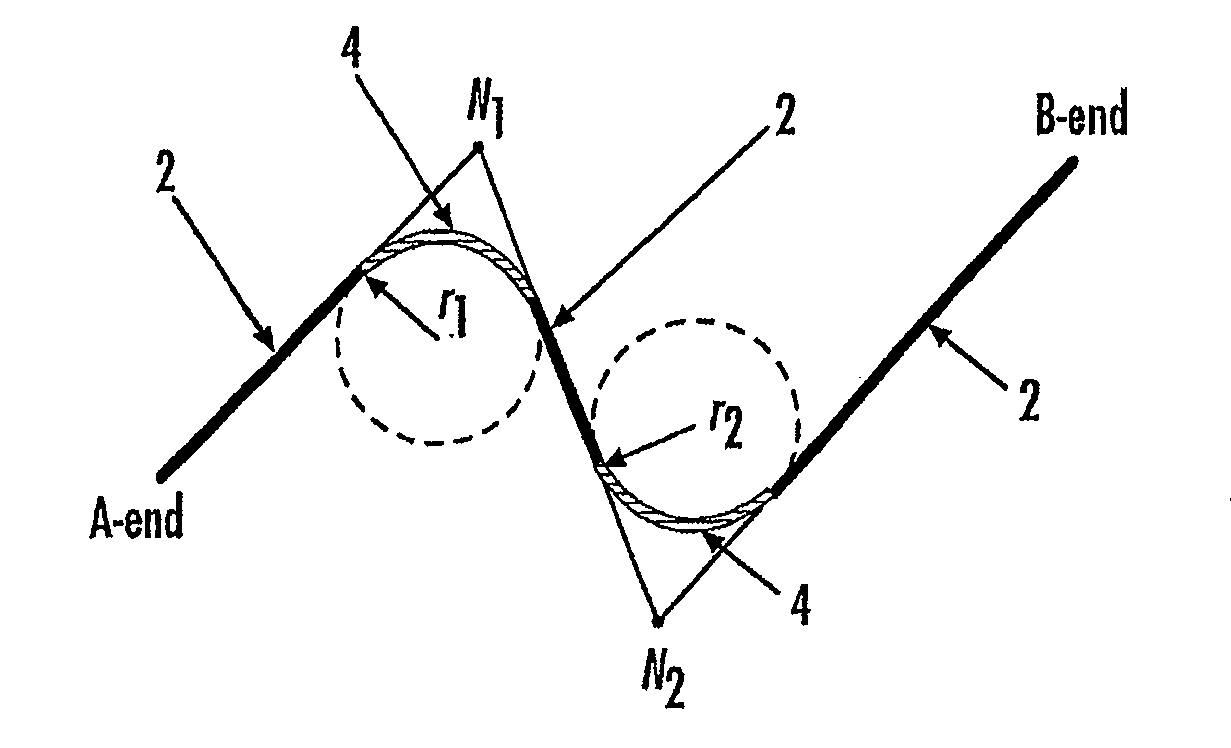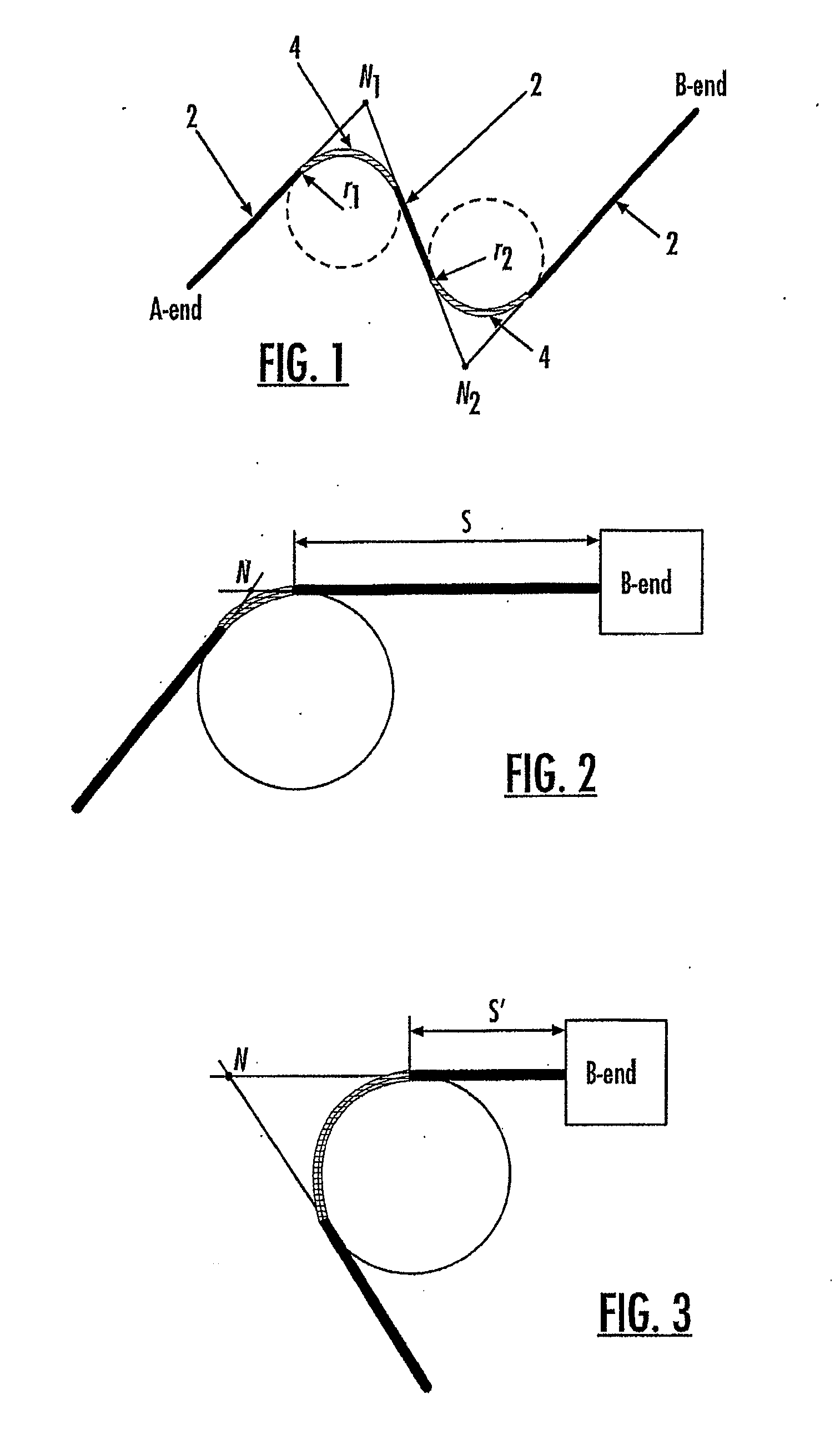Adaptive distance field constraint for designing a route for a transport element
a technology of adapting distance field and transport element, which is applied in the direction of design optimisation/simulation, instruments, cad techniques, etc., can solve the problems of small errors in the design that cannot be affordably worked out, the output of the design system is not expected or relied upon, and the design of each tube carried by a jet airliner typically takes about 40 hours on averag
- Summary
- Abstract
- Description
- Claims
- Application Information
AI Technical Summary
Benefits of technology
Problems solved by technology
Method used
Image
Examples
Embodiment Construction
[0085] The present invention now will be described more fully hereinafter with reference to the accompanying drawings, in which preferred embodiments of the invention are shown. This invention may, however, be embodied in many different forms and should not be construed as limited to the embodiments set forth herein; rather, these embodiments are provided so that this disclosure will be thorough and complete, and will fully convey the scope of the invention to those skilled in the art. Like numbers refer to like elements throughout.
[0086] The term constraint object is used to refer to the software entity that embodies a mathematical constraint or set of mathematical constraints grouped together in some way. This term is arbitrary; in fact, any number of similar terms, such as “constraint,”“constraint set,”“constraint group,”“constraint bundle,”“constraint macro,” or “constraint unit,” could be used. “Constraint object” is chosen for use herein because an embodiment may be implement...
PUM
 Login to View More
Login to View More Abstract
Description
Claims
Application Information
 Login to View More
Login to View More - R&D
- Intellectual Property
- Life Sciences
- Materials
- Tech Scout
- Unparalleled Data Quality
- Higher Quality Content
- 60% Fewer Hallucinations
Browse by: Latest US Patents, China's latest patents, Technical Efficacy Thesaurus, Application Domain, Technology Topic, Popular Technical Reports.
© 2025 PatSnap. All rights reserved.Legal|Privacy policy|Modern Slavery Act Transparency Statement|Sitemap|About US| Contact US: help@patsnap.com



